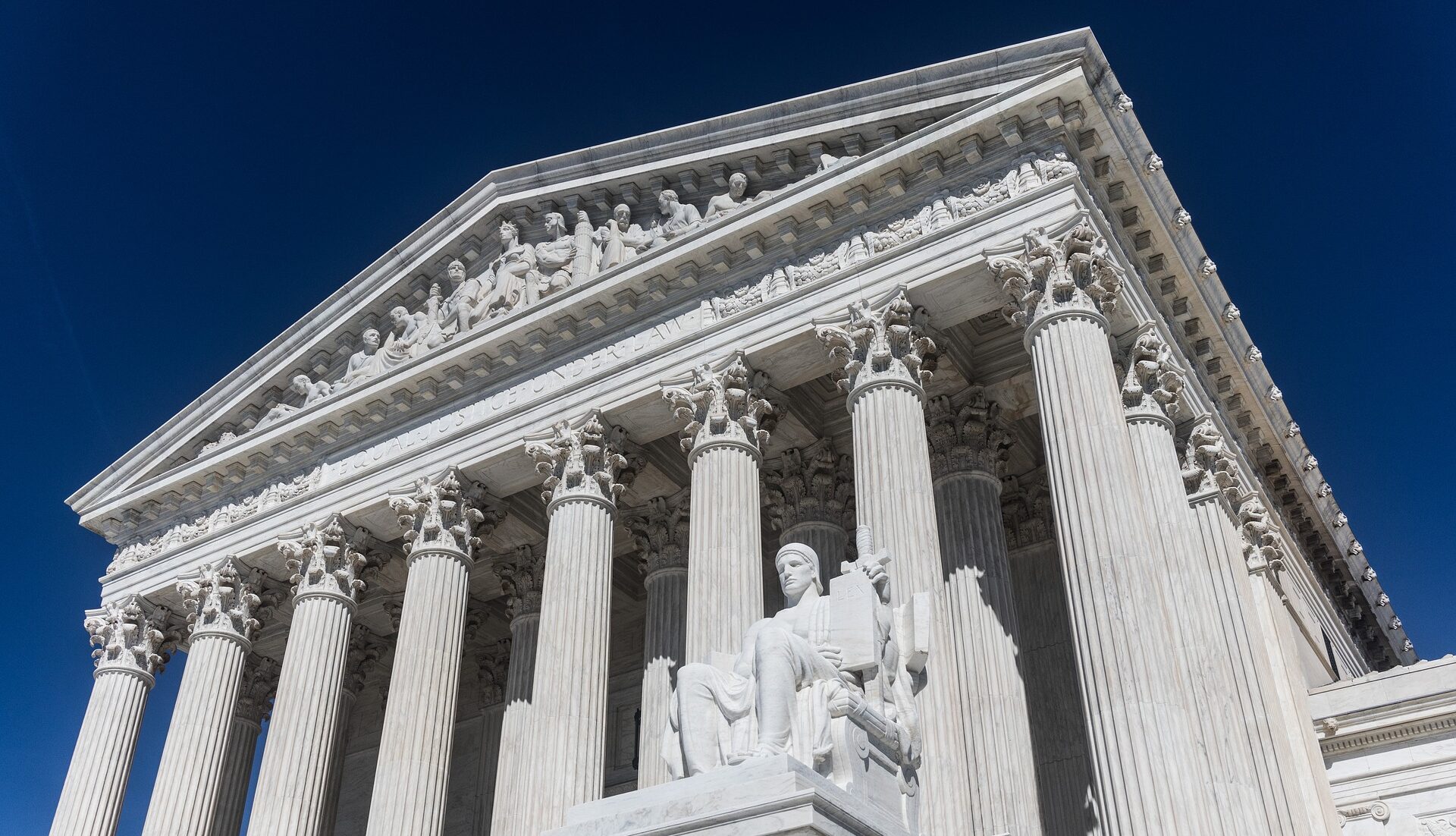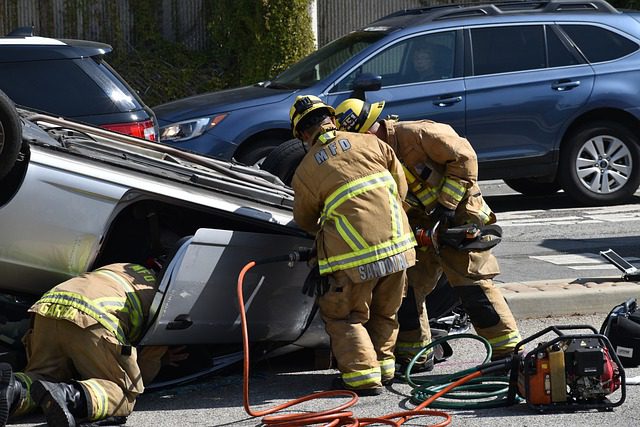In this section:
Communities can fight back against billboards.
Banning New Billboard Construction and Digital Billboard Conversion
In recent years, hundreds of cities have banned the construction of new billboards. This prevents the billboard problem from getting worse, protects new roads from becoming blighted, and helps billboard-free communities stay that way.
Outdoor advertising companies often explore the conversion of static billboards into digital billboards. This practice often involves an agreement to take down a set number of traditional billboards.
Noting the aesthetic, safety, and environmental concerns about digital billboards, Scenic America does not recommend allowing digital conversions.
However, a community that wishes to explore such an arrangement should review take-down ratios negotiated in other cities, which can vary widely, to arrive at the best solution.
Instead of allowing digital billboard conversions, Scenic America recommends communities explore bans on digital billboards. In April 2022, the U.S. Supreme Court affirmed a community’s right to ban digital billboards in a landmark case, Austin v. Reagan. The ruling was upheld in 2023 in a similar case in Madison, WI.
Billboard Removal
Though federal law prohibits the use of amortization on Interstate and federal-aid primary highways, some cities have successfully used amortization to reduce visual pollution on local roads. The billboard industry has challenged these ordinances in the North Carolina and United States Supreme Courts, but both ordinances have been upheld.
One of the largest cleanups of visual pollution undertaken by an American city resulted in the removal of more than 1,000 billboards in Jacksonville, FL, after a fervent anti-billboard movement swept the city starting in 1987.
Some cities use an exchange ordinance to diminish visual blight. Exchange provisions require billboard companies to remove one or more existing nonconforming billboards before they erect a new, conforming billboard in another location. While not generally desirable, a carefully targeted exchange ordinance can remove billboards from “visually sensitive” areas like historic districts, downtown cores, town gateways, and areas with scenic mountain or ocean views. Mobile, AL, successfully removed billboards from its historic district with this approach.
Amortization and Signage
The most effective way to remove signs is by passing an ordinance that requires the removal of all billboards in your community by a given time, typically five to seven years. This is a process known as amortization.
Most states allow amortization, and you should pursue this option for billboard removal if it is permitted in your state.
After your community has secured a ban on new billboards it should enact legislation to promote alternatives to billboard blight such as logo signs and tourist-oriented directional signs (TODS). Logo signs and TODS display only essential traveler information and are smaller, less obtrusive, more affordable and easier to read than billboards. Logo signs advertise gas, food, camping, and lodging at nearby highway exits. TODS are used on non-interstate highways and supply information about local tourist attractions, such as distances and directions.

Community-Based Tools for Billboard and Sign Control
Education
Informing people of the value of billboard control, especially its beneficial effect on local economies and tourism spending, is one of the best ways to build community support for fighting billboard blight. Studies have repeatedly shown that scenic areas and beautiful communities are the places where people most want to live, work, and visit. Some common types of educational outreach include speaking to community and business groups, social media campaigns, outreach to online community groups, publishing articles in your local newspaper, and holding community workshops.
Voluntary
Beautification projects are a good way to fight billboard blight, build civic pride, encourage investment, and attract tourism. Volunteer efforts to reclaim beauty and restore local character encourage citizens to take pride in their area by refusing to use billboards for commercial or public service advertising; urging landowners near roadways and commercial centers not to permit billboards on their property; and establishing an awards program to recognize people that have worked to rid their community of billboard blight.
Incentive-Based
Incentives can provide significant motivation for improving local appearance and encouraging people to fight billboard blight. Small grants to community groups undertaking beautification projects, low advertising rates on billboard alternatives like logo signs or tourist-oriented directional signs, and tax breaks for landowners that agree to keep their property billboard free can make a big difference in how a community looks.

Fighting Back: U.S. Supreme Court Protect's Austin's Ban on Digital Billboards
In 2022, the U.S. Supreme Court upheld the City of Austin’s ban on digital billboards. The ruling was later affirmed in a Wisconsin case.

Public Opinion Polls
Public opinion polls show that people don’t want billboards in their communities. Read poll results from states and communities across the country.
Resources
-
 Impact StudiesView our research citing safety, economic, and environmental concerns about billboards.
Impact StudiesView our research citing safety, economic, and environmental concerns about billboards. -
 About the Billboard IndustryLearn more about the outdoor advertising industry and how it operates.
About the Billboard IndustryLearn more about the outdoor advertising industry and how it operates. -
 Billboard Facts by StateLearn about sign control in your state.
Billboard Facts by StateLearn about sign control in your state. -
 More ResourcesView sample testimony, public comments, model ordinances, and other resources.
More ResourcesView sample testimony, public comments, model ordinances, and other resources.